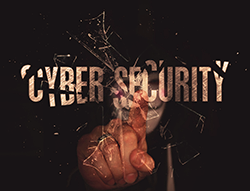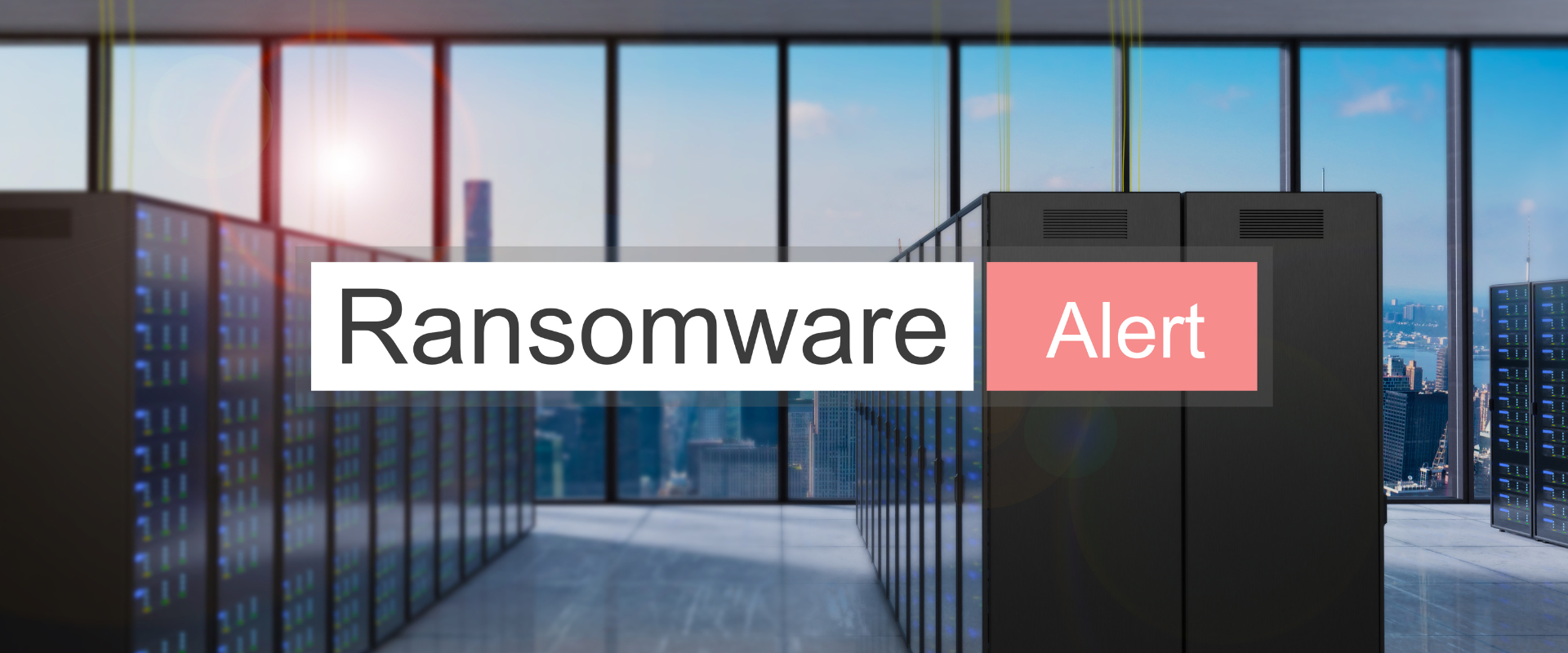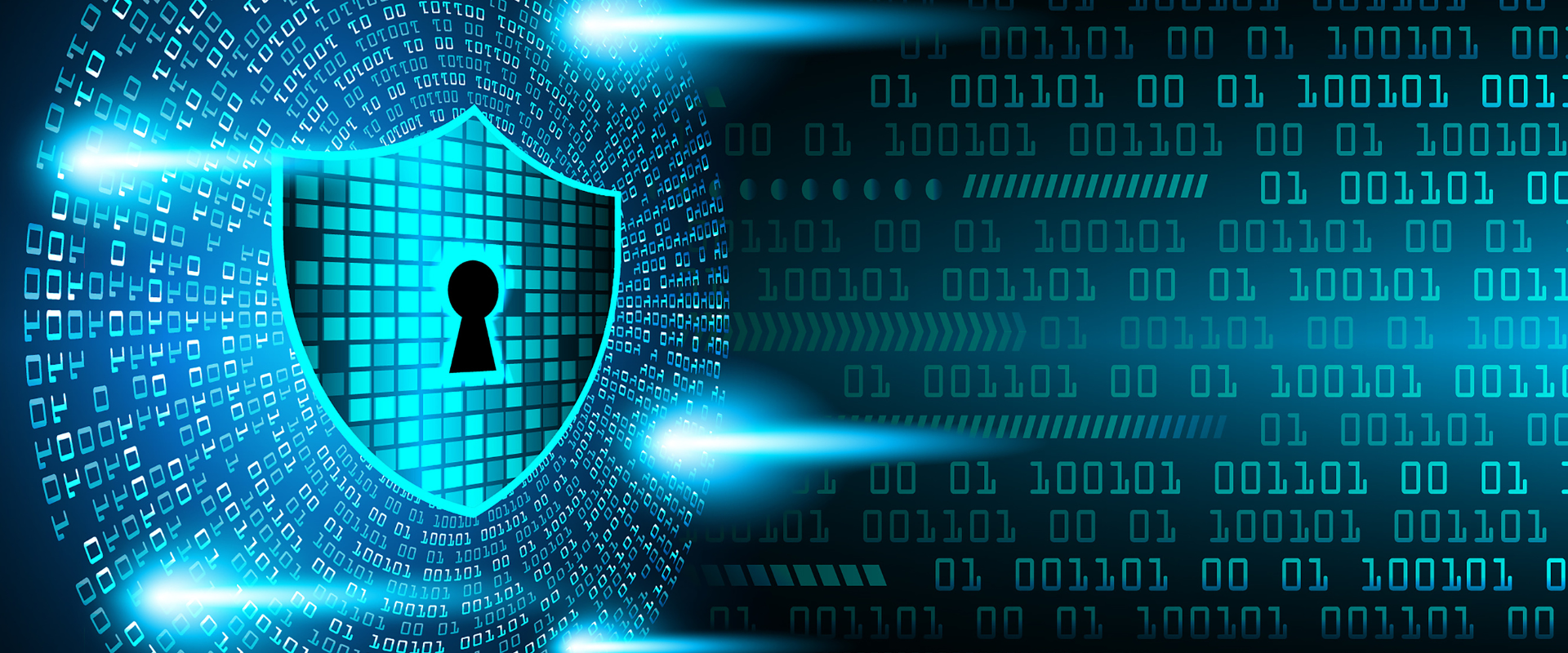
The Rise of Zero Trust Architecture: A New Era in Cybersecurity
By, Webmaster
- 18 Dec, 2024
- 2.0k Views
As cybersecurity threats evolve and become increasingly sophisticated, traditional security models are proving to be insufficient. The rise of remote work, cloud adoption, and mobile devices has expanded the attack surface, making it harder to protect organizational assets. In response to these challenges, Zero Trust Architecture (ZTA) has emerged as a groundbreaking security framework that assumes no one, inside or outside the organization, can be trusted by default. In this article, we’ll explore what Zero Trust is, why it’s essential in today’s digital landscape, and how businesses can implement it to enhance their security posture.
What is Zero Trust Architecture?
Zero Trust Architecture is a cybersecurity model based on the principle of “never trust, always verify.” Unlike traditional security models that rely heavily on perimeter defense (i.e., protecting the network’s outer boundary), Zero Trust assumes that every device, user, and application—both internal and external—could be compromised and should be treated as untrusted until proven otherwise.
In a Zero Trust model, access to data and systems is granted based on continuous verification and strict policies. Authentication, authorization, and encryption are enforced for every user and device trying to access company resources, regardless of their location or network.
Why Zero Trust is Essential in Today’s Cybersecurity Landscape
Rising Sophistication of Cyberattacks: As cyberattacks become more sophisticated, relying on a perimeter defense model (where the network is assumed to be secure inside) is no longer effective. Attackers can easily bypass traditional firewalls or use social engineering tactics to infiltrate an organization’s systems. Zero Trust ensures that every access request is continuously authenticated and authorized, minimizing the impact of a potential breach.
Remote Work and Cloud Adoption: The rapid shift to remote work and cloud-based environments has made traditional network boundaries obsolete. Employees, contractors, and third-party vendors are accessing corporate systems from different locations and devices, making it more difficult to control who can access sensitive data. Zero Trust provides the flexibility to securely manage remote access and cloud resources, regardless of where users or devices are located.
Data Protection and Compliance: With the increase in data breaches and stricter regulatory requirements like GDPR, HIPAA, and CCPA, organizations need to ensure that their data is always secure and compliant. Zero Trust helps enforce data protection measures by limiting access to sensitive information on a need-to-know basis and requiring robust authentication methods.
Reducing Insider Threats: Insider threats, whether from malicious or negligent employees, represent one of the biggest cybersecurity risks. Zero Trust limits access to the least privileged users, reducing the risk of unauthorized access to critical systems and data. It also continuously monitors and verifies user activity to detect and respond to potential insider threats more effectively.
Key Principles of Zero Trust
Verify Every User and Device: Zero Trust requires that every user, device, and application be authenticated before they are granted access to resources. Multi-factor authentication (MFA) should be used to enhance the verification process and ensure that only authorized individuals or devices gain access to sensitive data.
Implement Least Privilege Access: Under Zero Trust, access to data and systems is granted based on the principle of least privilege. Users and devices are only given the minimum access necessary to perform their job functions. This limits the potential damage caused by compromised accounts or devices.
Monitor and Inspect Traffic Continuously: Zero Trust involves continuous monitoring of network traffic and user activity to detect any abnormal behavior. Anomalies such as unauthorized access attempts, unusual data transfers, or unauthorized application usage should be flagged for further investigation.
Encrypt Data at Rest and in Transit: Encryption is a critical component of Zero Trust, as it ensures that sensitive data remains secure even if unauthorized users gain access to it. Encrypt data at rest (stored data) and in transit (data being transmitted across networks) to protect it from interception or theft.
Segment Networks and Resources: In a Zero Trust model, resources are segmented into separate zones, and access to each zone is controlled. This means that even if an attacker gains access to one part of the network, they will not be able to move freely throughout the entire organization. Network segmentation helps to contain any potential breaches.
Steps to Implement Zero Trust in Your Organization
Assess Your Current Security Posture: Before implementing Zero Trust, conduct a thorough assessment of your existing security infrastructure and identify areas that need improvement. Evaluate current access controls, authentication methods, and network segmentation practices.
Establish Strong Identity and Access Management (IAM): Identity and Access Management (IAM) is at the core of Zero Trust. Implement a strong IAM solution that includes multi-factor authentication (MFA), single sign-on (SSO), and role-based access control (RBAC) to ensure that only authorized users have access to sensitive systems and data.
Implement Endpoint Security: Ensure that all endpoints, including devices used by remote workers, are secure and regularly monitored. Implement endpoint detection and response (EDR) solutions to identify and mitigate potential threats at the device level.
Adopt Cloud Security Solutions: Zero Trust is especially important in cloud environments where traditional perimeter security is no longer effective. Use cloud security tools like Cloud Access Security Brokers (CASBs) and Identity Federation solutions to enforce Zero Trust principles in your cloud infrastructure.
Monitor and Respond to Threats in Real Time: Continuous monitoring and real-time threat detection are essential for a successful Zero Trust implementation. Use Security Information and Event Management (SIEM) tools to monitor network traffic, user behavior, and application activity for signs of suspicious behavior.
Foster a Security-Centric Culture: Educate employees and stakeholders about the importance of Zero Trust and how they can contribute to securing the organization’s data. Promote a security-first mindset that encourages vigilance and proactive engagement with cybersecurity practices.
Conclusion
Zero Trust Architecture is not just a passing trend; it is the future of cybersecurity in an increasingly complex and decentralized digital world. With rising cyber threats, remote work, and the growing reliance on cloud computing, organizations must rethink their security strategies. By adopting a Zero Trust approach, businesses can ensure that they are continuously verifying access, limiting risks, and protecting their most valuable assets.
Implementing Zero Trust is a journey that requires strategic planning, strong technology infrastructure, and employee buy-in. However, the benefits in terms of enhanced security, reduced risks, and improved compliance make it an essential framework for organizations in today’s threat landscape.
We hope you found this article insightful. If you have any questions or would like to learn more about implementing Zero Trust in your organization, feel free to reach out!
Recent Posts
- The Evolution of Ransomware: How to Prepare for the Future of Cyber Extortion
- The Rise of AI-Powered Phishing Attacks: How to Safeguard Your Business
- The Growing Threat of Insider Threats in Cybersecurity: How to Protect Your Business
- The Evolution of Phishing Attacks: What Businesses Need to Know in 2025
- The Rise of Ransomware as a Service: How Cybercriminals Are Profiting from Ransomware Attacks
Category
- Cyber Security (65)
- Vulnerability Assessment (49)







